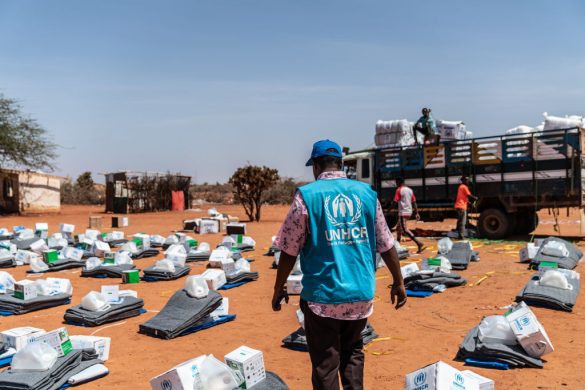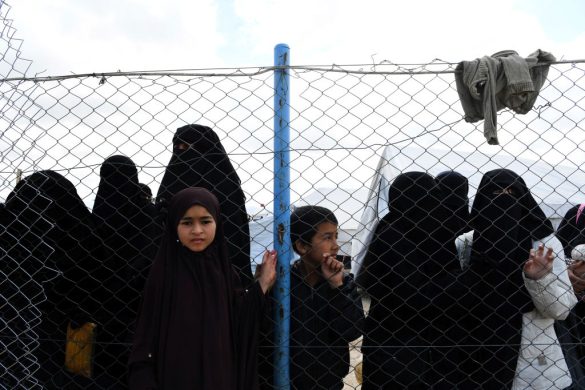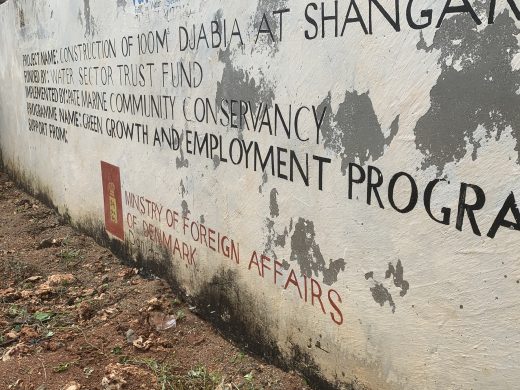2 billioner dollars (to x 1.000 milliarder) spenderes årligt på tilskud til fossile brændstoffer, og det er ikke blot katastrofalt for klimaet, men også for økonomisk vækst og lighed, skriver World Resources Institute.
The world continues to see the “costs” of fossil fuel use in the form of climate change impacts like heat waves, floods, and extreme weather.
While these costs are often overlooked in traditional economic modeling, a new book from the International Monetary Fund (IMF) quantifies them.
The IMF found that energy subsidies paired with the negative impacts of fossil fuel consumption total 2 trillion (billioner) US dollar annually. These subsidies are not only hurting the environment. According to IMF experts, they are also stunting (lægger en bremse på) economic growth and spurring inequality
Experts from the IMF, Center for Global Development, the Brookings Institution, and WRI recently gathered to talk about the new book, “Energy Subsidy Reform: Lessons and Implications”, and its findings.
While the discussions highlighted the grave implications of the world’s current energy subsidy spending, the overarching message was decidedly more positive: Energy subsidies can be reformed in ways that benefit people and the planet. In fact, some governments are already seeking out ways to do so.
The Consequences of Global Energy Subsidies
As David Lipton, the IMF’s first deputy managing director, and others noted, the negative impacts of fossil fuel subsidies are becoming increasingly clear.
Energy subsidies can actually reduce economic growth, aggravating budget deficits, deterring private sector investments in energy, and directing public spending away from critical benefits like health reforms, education, and infrastructure improvements.
They also hold significant environmental implications, boosting energy consumption and the greenhouse gas emissions that come with it.
Subsidies can also widen the gap between rich and poor populations. “The richest 20 percent of households capture 43 percent of all fuel subsidies—six times the share of the bottom 20 percent,” said Lipton.
“We cannot afford to waste 2 trillion dollar a year on fossil fuels,” said Andrew Steer, president and CEO of WRI, who moderated the event. “That is why the [IMF] book we’re looking at today is so vitally important.”
Rolling Back the Subsidies
The good news is that energy subsidies could be poised for a sea change. According to Lipton, an increasing number of IMF member countries are interested in reforming their subsidies.
A handful of countries are already seeking out innovative ways to tackle the challenge.
These case studies—many of which appear in Energy Subsidy Reform, along with more general guidance—offer powerful lessons for “how to do” energy subsidy reform.
According to Nancy Birdsall, president of the Center for Global Development, Iran provides an interesting example.
Before the government raised energy prices, it deposited cash into families’ bank accounts to help compensate for the effect of higher prices.
The money was then released from the accounts after the price increases took effect. “The book is full of ideas like that,” Birdsall said. “There are ways to do it.”
Accounting for the Environmental Externalities
But there is still a long way to go to truly reform the world’s energy subsidies, particularly when it comes to accounting for the environmental externalities created by excessive consumption of energy, including greenhouse gas emissions and local pollution. According to the IMF, eliminating energy subsidies could reduce carbon dioxide emissions by 5 billion tons—a 15 percent reduction globally.
Læs mere her: http://insights.wri.org/news/2013/10/imf-experts-and-others-envision-world-without-energy-subsidies#sthash.RJVaolbh.dpuf
Begynd ved: “Fiscal instruments like putting a tax on carbon…”














